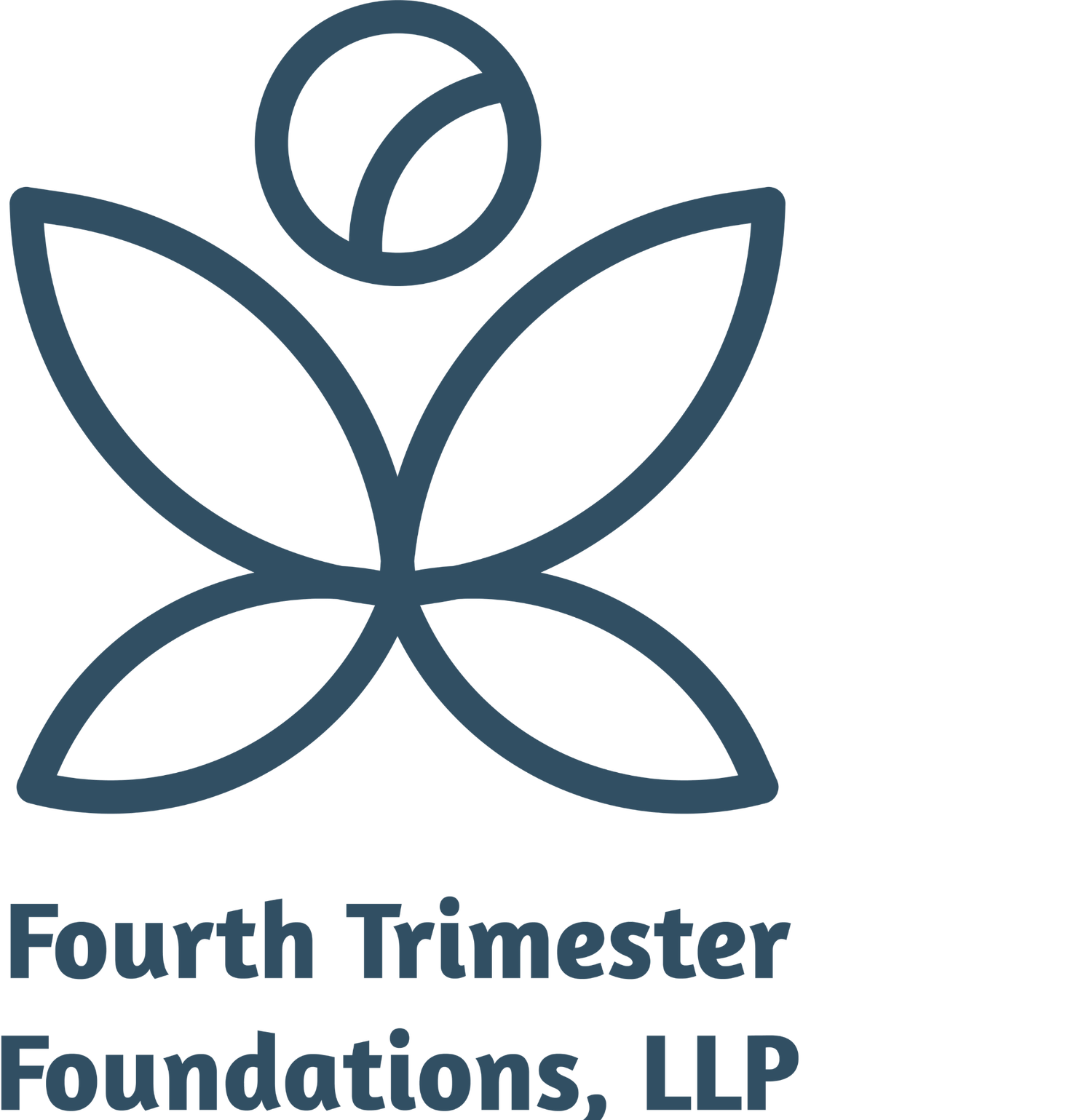Perineal tearing or episiotomy during birth
NO ONE wants to have to choose this, neither is the obvious first choice.
BUT sometimes in birth, this situation arises, and it’s much more common for certain providers and in certain facilities.
Perineal tear = “tears of the perineum that can happen during childbirth can be rated as first, second, third or fourth degree”- Evidence Based Birth
Episiotomy = “surgical enlargement of the vaginal orifice by an incision to the perineum during the last part of the second stage of the labor”- Evidence Based Birth
I won’t make you wait for this one, if you have to choose one in a non-emergency situation, choose a perineal tear. Every time.
Let’s see what the evidence says why:
Well basically all you need to know is that having an episiotomy increases ones risk of a severe tear by 22 times (Evidence Based Birth) \
There is a LOT more to it and Evidence Based Birth did an incredible job of sifting through all of the evidence on this podcast episode (transcript available too!)
Making “more room” for baby’s head to emerge does not reduce risk of tearing in the least. And recovery from a perineal tear is much easier for moms to recovery from without long-lasting side effects.
The goal of a rate of episiotomy for a birth facility to be considered the US Standard should be 5% or less of births. There are so many providers that have only performed a handful in their career, and others, who I may go out on a limb to call “old school”, do them much more routinely. Check the ratings of the hospitals around you for their rates of not just episiotomies, but so much more.
Now that we’ve decided perineal tearing is better, here are the factors that make it more likely for one’s perineum after birth to not be “intact”:
- Who your provider is
- Birth setting
- How many babies you’ve had
- Baby birth weight/position
- Family history of severe tears
Products to help recover from a perineal tear/episiotomy:
- Ice
- Sitz bath
- Witch hazel
- Herbal perineal spray
- Dermoplast Postpartum Spray
- Time
Your postpartum & newborn nurse besties of Fourth Trimester Foundations here to support you during your pregnancy, birth and postpartum.
How we can support you:
Postpartum focused support in your inbox from our newsletter
1:1 Virtual RN calls where you can talk anything you or baby or both!
Postpartum Nurse On-Demand- Packages to support you during pregnancy through postpartum



